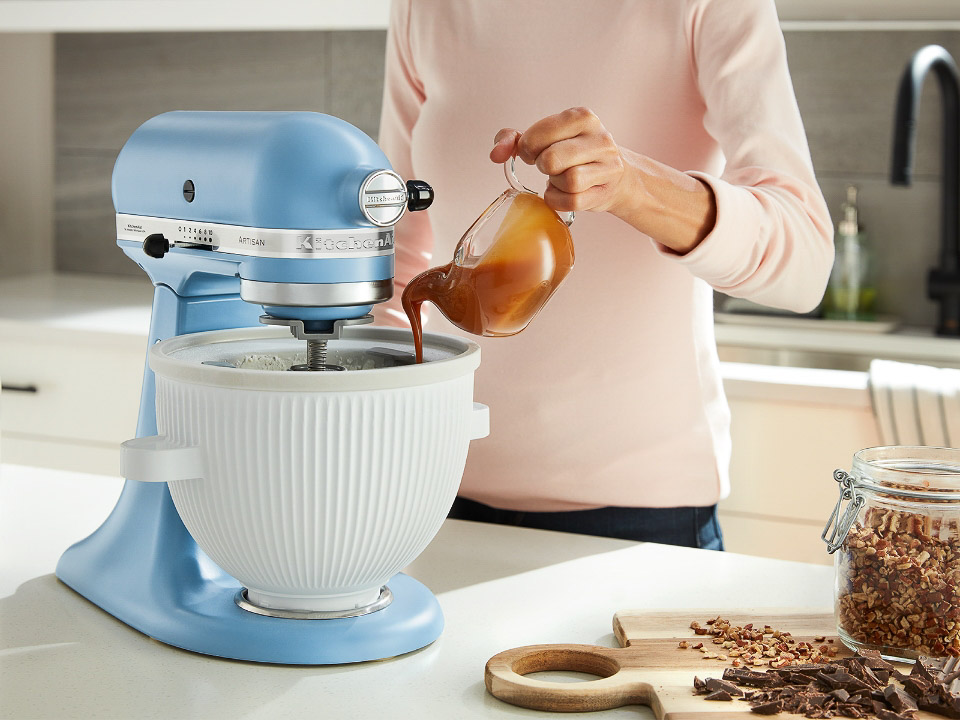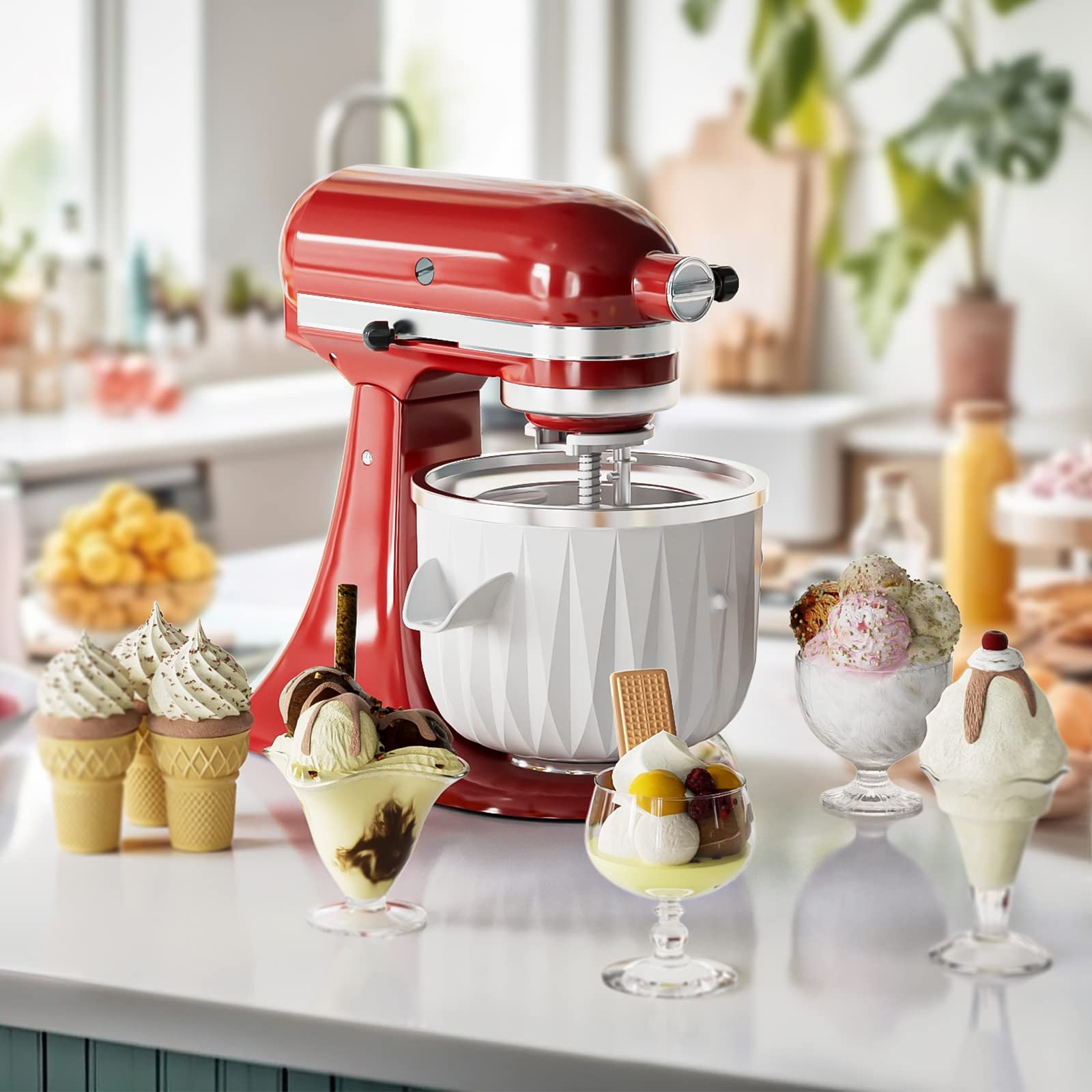If you are an avid baker or cooking enthusiast, your KitchenAid stand mixer is likely one of your most cherished kitchen tools. But what do you do when your trusty mixer starts to show signs of a loose head? Don’t worry; here at TheKitchenApplianceDad.com, we have the steps to help you fix a loose head on your KitchenAid stand mixer, ensuring it continues to mix, whip, and knead for many more culinary adventures.
First, let’s understand what we mean by a “loose head.” On a KitchenAid tilt-head stand mixer, the top part where the motor is housed can become wobbly during use. This could be due to normal wear and tear or simply because the hinge pin or the screw that holds the head in place has loosened over time.

Before you start the repair process, make sure you have the following tools:
For safety reasons, always start by unplugging your KitchenAid stand mixer. You don’t want it to turn on accidentally while you’re working on it.
Gently tilt the head of the mixer back to expose the hinge where the head and the stand meet. This is typically where the issue lies.
Locate the screw on the hinge that holds the head in place. You can find this beneath the head when it’s tilted back. If the screw is loose, use your flathead screwdriver to tighten it. Be careful not to over-tighten, as this could strip the screw.
If the hinge screw is tight but the head is still wobbly, the hinge pin might be the culprit. The hinge pin is a metal rod that runs through the hinge and may have shifted out of place.
Wrap a small towel or cloth around the hinge pin to protect it, and gently tap it back into place with a hammer. If you don’t have a hammer, you can use any heavy object to push the pin back in. The goal is to have it evenly positioned between both sides of the hinge.
Some KitchenAid models have a set screw that keeps the hinge pin from moving. If your model has this screw, after adjusting the hinge pin, make sure to tighten the set screw with your flathead screwdriver.
After making the adjustments, plug your mixer back in and test to see if the head is still loose. If it feels secure and no longer wobbles, you’ve successfully fixed the issue!
If you’ve followed these steps and your mixer’s head is still loose, or if you’re uncomfortable attempting the repair yourself, it’s best to contact KitchenAid customer service for further assistance. They can provide guidance or service options.
To prevent future wobbliness, periodically check the hinge screw and hinge pin to ensure they are secure. This can save you from having to do more extensive repairs down the line.
Remember that regular maintenance can help extend the life of your KitchenAid stand mixer. We hope this guide from TheKitchenApplianceDad.com has helped you fix the loose head on your KitchenAid stand mixer, keeping your kitchen creations on track. Happy mixing!

